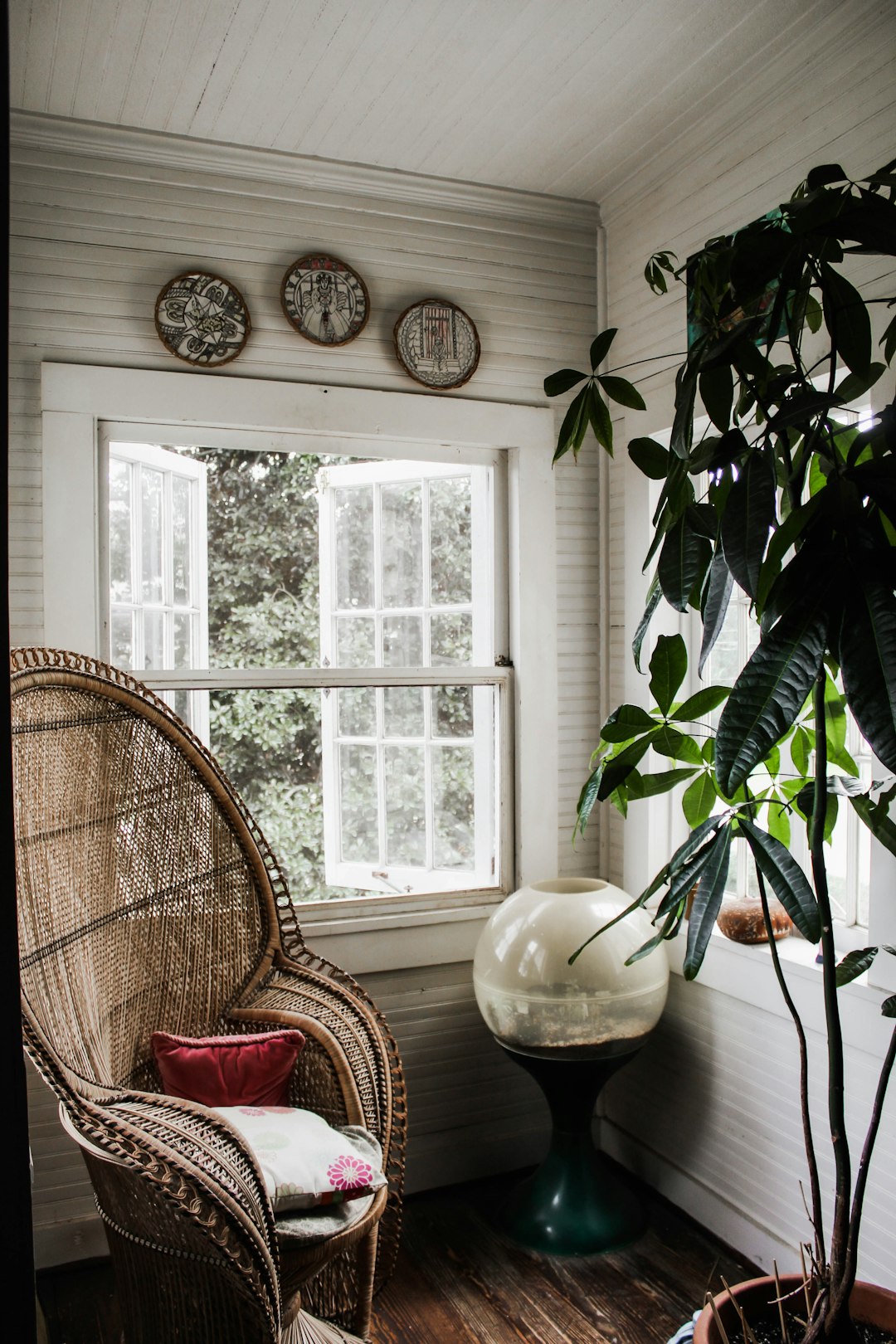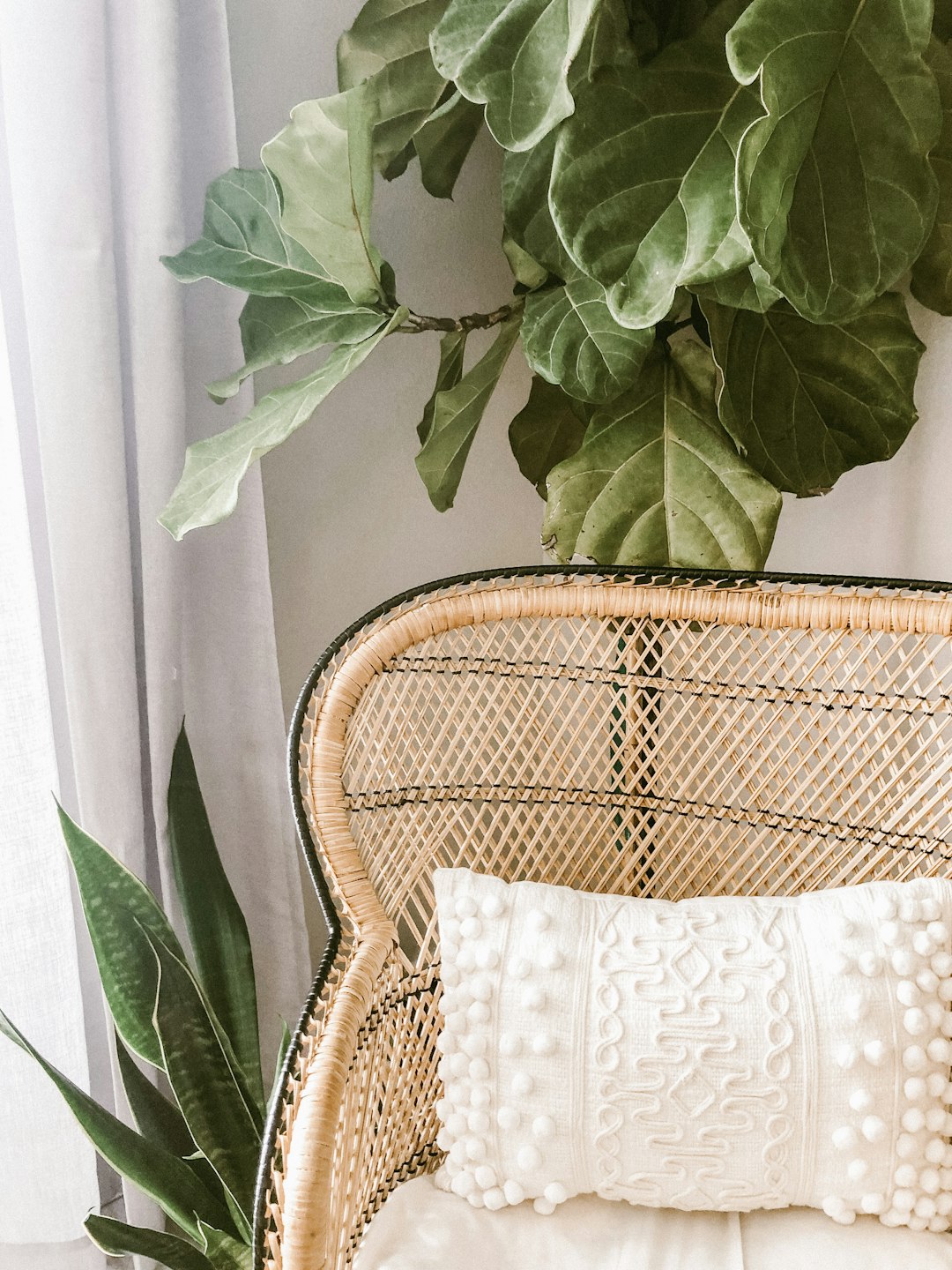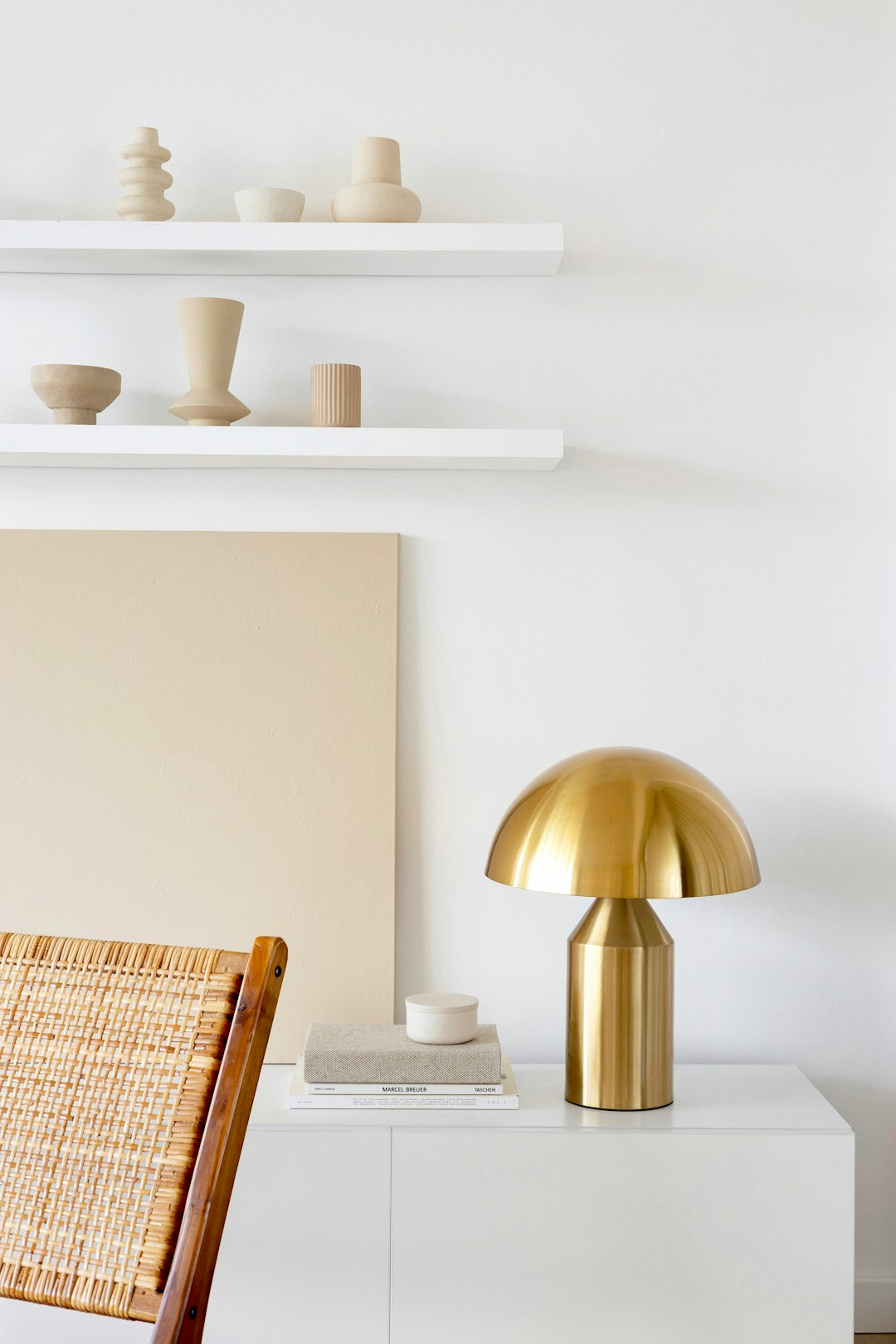Do you ever enter a room and think, “Wow this place looks amazing!”. Certainly you have. But what makes it good, exceptional, even great?
There are many factors that contribute to good interior design and surprise - it’s relatively straight forward. Anyone can train and learn how to create beautiful interior spaces, you simply need to know the foundation of how exceptional rooms are made before you can begin to create your very own jaw-dropping interiors. I’m not gonna lie… If you weren’t born with the “decorating gene”, it may take you a little longer to practice, however it’s not impossible. Let me tell you a little story about Jen.
Jen is a friend of mine from school years who was known to have really bad taste. Her wardrobe was lovely but her apartments were always depressing and dated. One day, she invited us all over for a film and we were shocked when we walked in. Her apartment was gorgeous - enviable even! She confessed that she started to take online decorating classes, binged on home decorating shows and subscribed to a few decor mags. She LIVED on Instagram and blogs, mostly decor-related accounts.
She confessed though that the biggest change came from a single source.
PINTEREST! It was Pinterest and the boards she made there, that made the biggest impact on her taste and style. Within a year, her decor style evolved completely and her apartment was nothing like it once was. Jen upped her game and now her apartment looked like she dressed - beautiful, stylish, personal.
You don’t need a degree in architecture or design to create fabulous interiors. You don’t need to be a “natural” either. I’ve pulled together a list below of 9 ways to make your home lovely. Ready?

Plan and prioritize:
Before starting any interior design project, it is important to plan and prioritize your goals and needs. Consider factors like functionality, aesthetics, budget, and timeline, and make a plan that addresses each of these elements.
Out of all of these considerations, budget and architecture (we’ll go into that more in #2) are the most important considerations because if a wall can’t be removed, or a floor has to stay (because you’re a renter), you’ll need to readjust your vision. Budget is certainly the “make or break” of any interiors project. Most of my clients had to make rather large sacrifices in order to afford the space of their dreams, and still others had to learn what was worth investing in and and what they could live without.
Consider the context:
Good interior design should take into account the context of the space, including factors like the architecture, location, and natural light. Understanding the context can help you make design choices that enhance the space and create a cohesive and harmonious environment.
You need to know which direction the room faces, for instance, as it will directly affect the color choices in the space - partially the wall paint.
Location is equally important. If you decorate your country home that is 500 miles from the coast in a typical coastal style, it will feel out of context and not fit the surroundings. This type of disconnect affects everything. If you have a country home in a part of the world where it’s dark and cold for half of the year, blue and white striped linen curtains and white shutters on the windows, along with white linen bedding and rattan lighting may not only look “off” but it will not take care of your needs. To maintain warmth in a cold climate, you’ll need to rely on soft furnishings that are warm and cozy, seersucker, transparent linens, and woven bamboo shades won’t hold the heat in your home. It’s not just aesthetics - it’s also about what’s practical and makes sense.
Focus on functionality:
Aesthetics are important, but functionality should be a top priority in any interior design project. Consider how the space will be used and make design choices that support its intended purpose.
I was recently speaking with a famous German furniture designer (Sebastian Herkner) and he revealed how his designs are becoming more and more about comfort than about simply looking good with pleasing curves and perfect lines. He noted how a lot of furniture is very beautiful but you cannot snuggle on it and chairs are mostly very strict and upright, they aren’t meant to linger in for hours over dinner.
Photo by Stephanie Harvey on Unsplash Comfort and functionality need to be strong considerations when designing a room. You want to linger on a sofa, you need to enjoy the seating in your dining room, you want your office chair to be ergonomic so that your back health is not adversely affected.
I see many Instagram influencers showing their home office spaces and I have to laugh because who can sit on an iconic mid century chair for 8 hours a day? Who can sit on a hard wood chair tapping away on their computer 5 days a week? You need padding, height adjustable seating, proper seat depth to be adjusted for thigh support, and fully-adjustable armrests.
Create balance and harmony:
Good interior design should create a sense of balance and harmony in the space. This can be achieved through a variety of design choices, such as color palette, furniture placement, and lighting. If rooms are harmonious, the home simply feels better - there is flow, the energy is good.
Pay attention to details:
Details are an important part of good interior design, and they can make a big difference in the overall look and feel of a space. From selecting the right hardware and accessories to choosing the perfect throw pillows, paying attention to details can help create a cohesive and polished look. It’s especially important to incorporate texture and things that simply feel good.
Be willing to edit:
Sometimes less is more when it comes to interior design. Be willing to edit and simplify your design choices to create a more streamlined and focused space. I have a friend who just spent a lot of money renovating part of her home, making meticulous and expensive design choices. The results are gorgeous! That’s when it’s best to stop and consider it finished.
Problem is, lots of people feel the need to add, add, add… To keep filling the space or they are so tired of waiting to get the project finished that their final choices (throw rugs, cushions) are cheap and mainstream.
Photo by Marina Podrez on Unsplash In Photography they say, “Your portfolio is only as strong as your weakest photo”. This applies to everything visual, even interiors.
No one will appreciate the handmade tiles from Morocco in your bathroom if the sink cabinet is from a cheap retailer made from particle board. The sofa that you spent 5 figures on disappears if the throw pillows look cheap and the sofa throw is generic. In these cases, it’s better to not have the throw and the pillows until you can find the right ones for the sofa.
Stay true to your personal style:
While it’s important to consider the context and functionality of a space, it is also important to stay true to your personal style and preferences. Your interior design should reflect your personality and taste, creating a space that feels authentic and comfortable for you - and not just you but also your partner. When designing kids’ rooms, their personalities and tastes also need to be taken into consideration once they reach a certain age.
You can find your personal style by taking classes, reading books, making mood boards and through practice, practice, practice!
Knowing what is trend and what is classic.
This is key because if you don’t know the difference between something that is a trend and what is here to stay (classic), then you could easily put all of your money into a room with too many trend pieces and in a year, the space will look dated and dusty.
It’s best to keep foundational elements classic, that’s why the most popular fittings in bathrooms and kitchens (tubs, sinks, etc.) are generally neutrals or pure white. The reasoning is that when you keep the foundation neutral then the most expensive or hardest to swap/replace elements can stay for many years, maybe decades. This is a sustainable approach to design.
If you want to add personality and style through “layering” elements then this is where you can bring in your personality without having to re-tile the bathroom. You can use shower curtains, towels, accessories, throw rugs, wallpaper or paint, to style up a bathroom and bring it to life.
Pay attention to your senses.
While “Sensory Design” is by no means a new concept, many are finally grasping what it is and why it matters thanks to more designers talking about it in books, on television, and in social media. I’d like to talk to you more about Sensory Design, it’s a big passion topic of mine, so I made this podcast for you to enjoy if you have a moment today:
I hope some of my ideas helped you today when you consider design and interiors. If you’re interested, I highly suggest buying a copy of my international best-seller, DECORATE: 1000 Design Ideas For Every Room In Your Home, on Amazon. (Note: Please don’t purchase the e-version, the formatting is horrible. You’ll need the hard copy, the print version.)
Decorate is a tome, a design bible, and will teach you everything that you need to know about how to pull together a fabulous space.
And of course, you can follow me here on Substack where I have nearly 16,000 members in my interior design and lifestyle community. My decor8 Substack is where I publish new articles 3x a week for my paid subscribers and 1x a week for unpaid subscribers.
Love,
Holly







The use of horses in green woodworking dates back centuries, when they were indispensable partners in forestry and timber harvesting. Today, horse-powered green woodworking represents a revival of this ancient practice, driven by a desire to reconnect with nature, reduce reliance on fossil fuels, and preserve traditional skills.